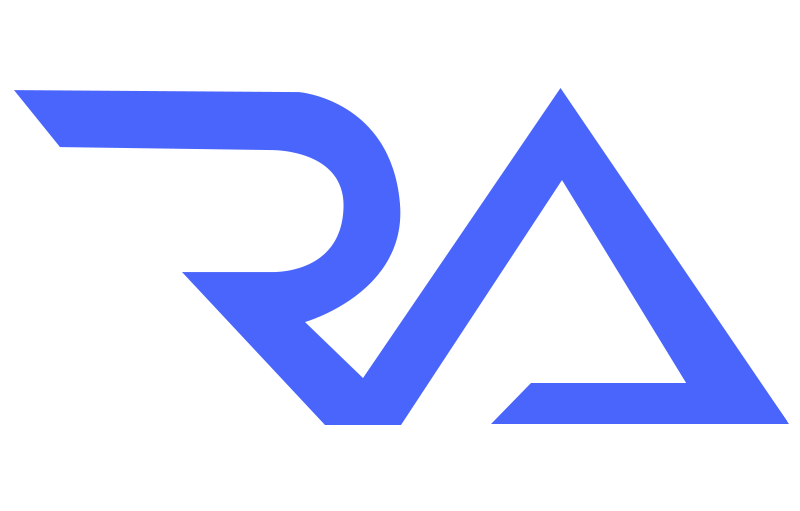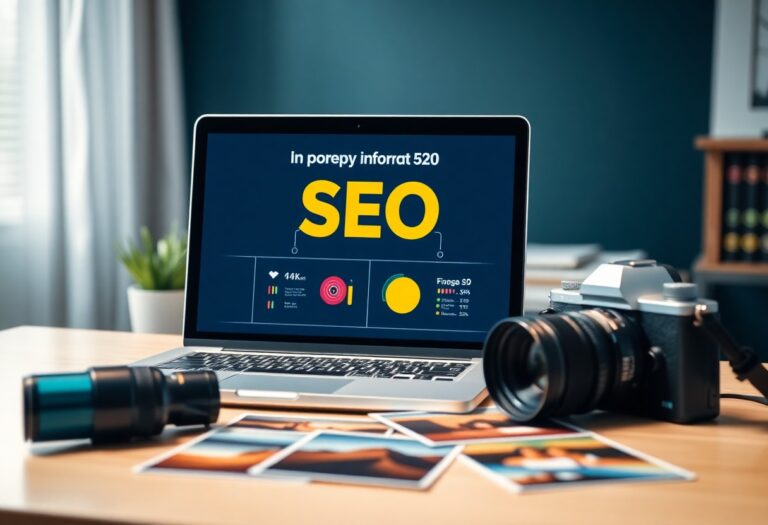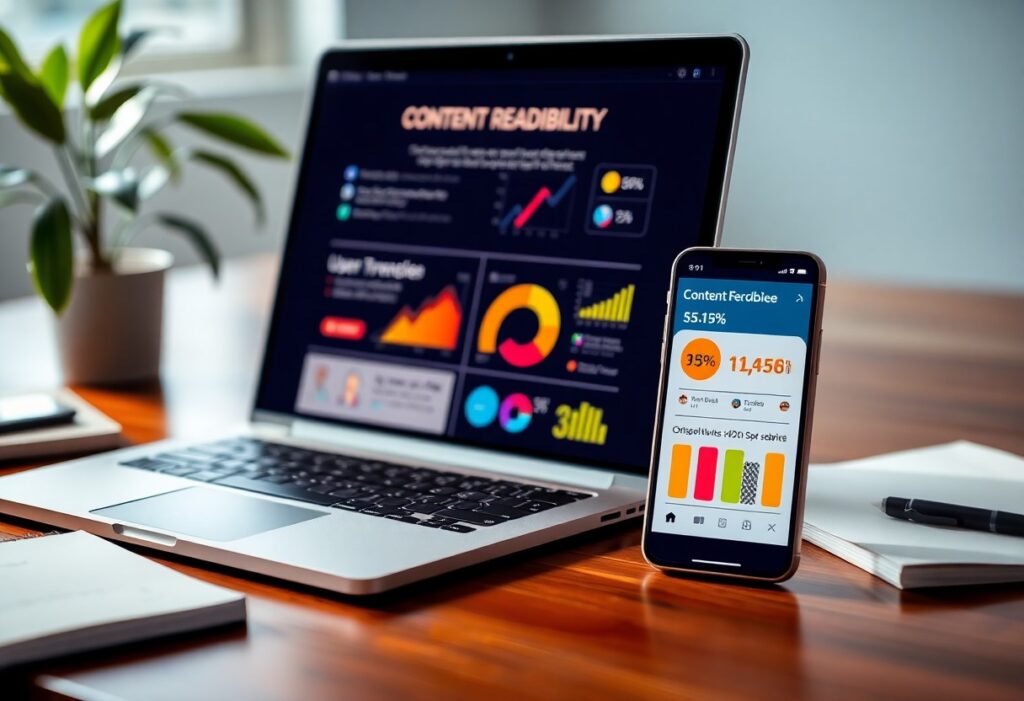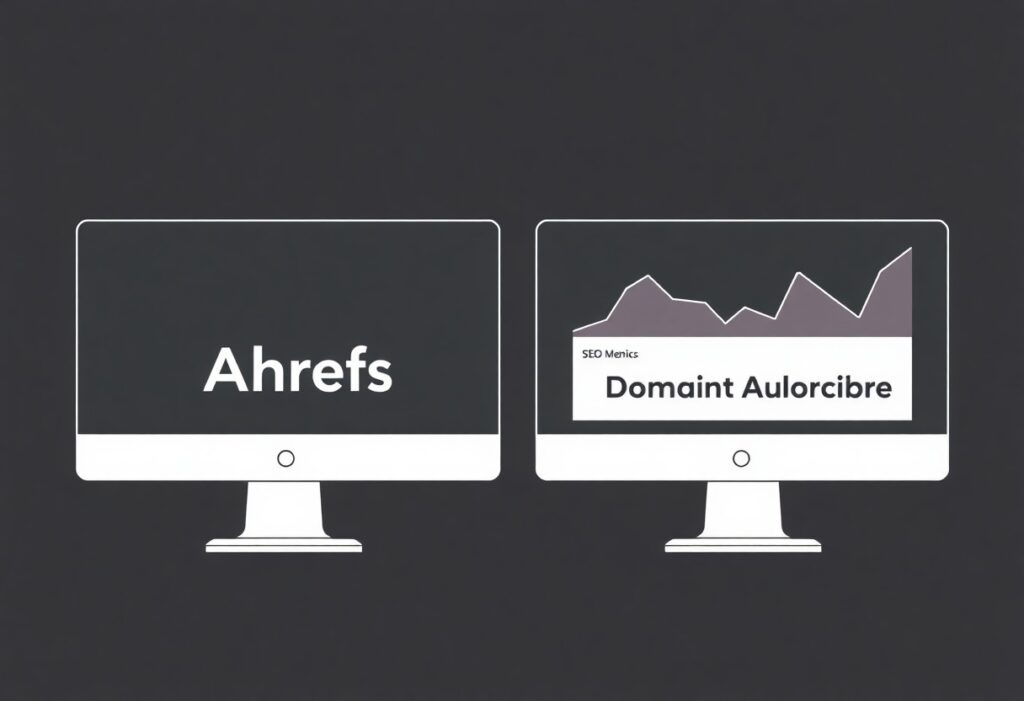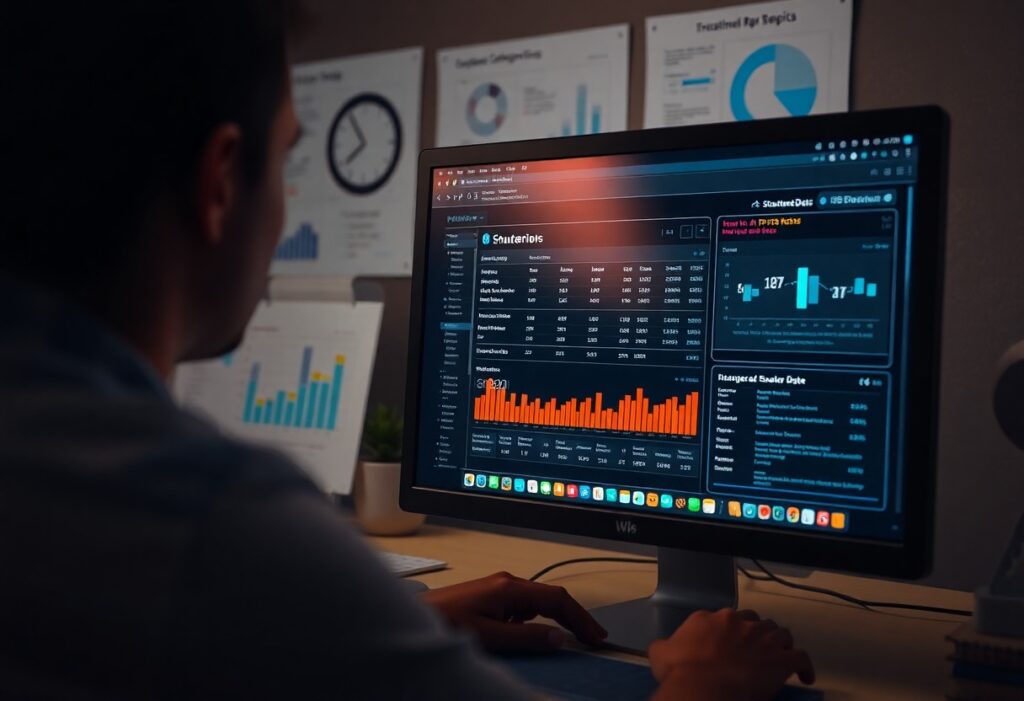Many website owners overlook the importance of Optimize Images for SEO. However, this small yet powerful strategy can greatly improve your rankings, speed up your site, and enhance user experience. If images are too large, they slow down your website, negatively impacting SEO. Moreover, search engines rely on image optimization to understand your content better. By using the right formats, compressions, and alt texts, you make your images search engine friendly. Rank Authority specializes in AI-driven SEO solutions, helping businesses optimize images effectively. Follow this complete guide to enhance your site and drive more organic traffic.
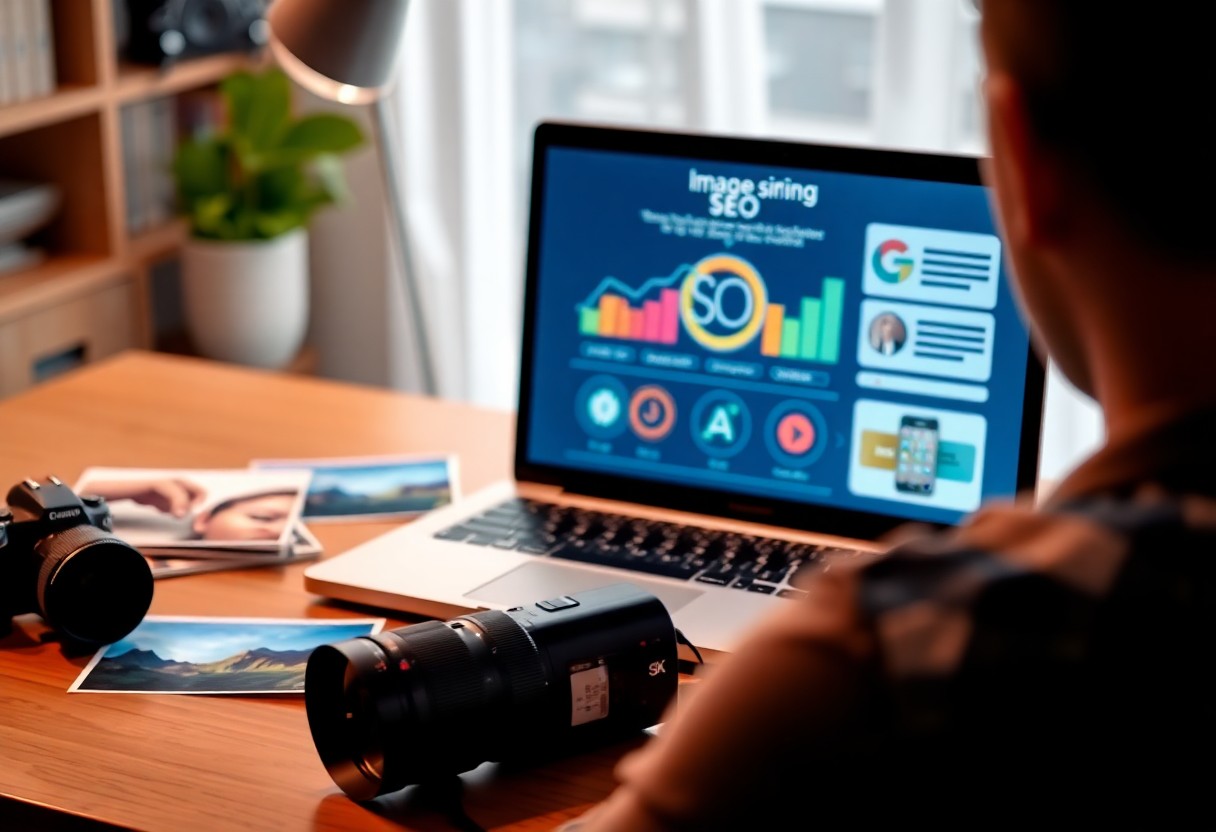
Understanding Image SEO: Optimize Images SEO
Before you can optimize images for search engines, it’s vital to understand how Image SEO works. Search engines analyze images based on factors like file names, alt text, and loading speed. When optimized correctly, images improve user experience, boost engagement, and enhance your website’s ranking. However, poorly optimized images can slow down your site, leading to a negative impact on SEO. Rank Authority emphasizes using AI to refine image optimization strategies, ensuring better visibility for your site. By understanding how Image SEO functions, you can build a strong foundation for ranking success.
Why Image Optimization Matters
At its core, image optimization enhances both search engine ranking and user engagement. Faster loading images lead to better user experiences, reducing bounce rates significantly. Additionally, search engines reward well-optimized images by ranking relevant content higher. Poorly optimized images, on the other hand, slow down your website, diminishing SEO performance. When you structure image files properly, your site benefits from improved visibility, higher traffic, and increased conversions. Rank Authority recommends AI-driven solutions for optimizing every image efficiently, ensuring peak performance. By investing in image SEO, you improve user satisfaction and strengthen your online presence.
Search Engine Ranking Factors for Images
At Rank Authority, we emphasize key factors influencing image SEO ranking. Optimized images improve visibility, increase page speed, and enhance accessibility. Essential factors that affect search rankings include:
- File Name: Use descriptive keywords relevant to the image content.
- Alt Text: Help search engines understand image context while improving accessibility.
- Image Size: Compress images to boost loading speed without losing quality.
- File Format: Choose WebP, JPEG, or PNG based on quality and performance needs.
- Structured Data: Utilize schema markup to provide search engines with additional context.
- Mobile Optimization: Ensure images are responsive and load efficiently on all devices.
Knowing these ranking factors, you can optimize images strategically, enhancing both SEO and user engagement.
Images play a vital role in your website’s ranking, influencing page speed, accessibility, and searchability. For instance, using the right file format such as WebP or JPEG ensures balance between quality and speed. Additionally, optimizing file size prevents slow loading times, which can negatively affect bounce rates. Another significant aspect is alt text, offering a way for search engines to interpret images and improve indexing. Implementing structured data elevates search visibility by adding relevant metadata to your images. Moreover, ensuring mobile optimization helps images display correctly across various screen sizes.
- Loading Speed: Faster images improve rankings and user satisfaction.
- Image Titles: Using relevant keywords enhances context for search engines.
- Proper File Naming: Helps search engines categorize images correctly.
- Accessibility: Alt text improves both SEO and user experience for visually impaired visitors.
Knowing how to adjust these factors will significantly enhance your SEO ranking while providing users with a better experience.
Choosing the Right Image Formats – Optimize Images SEO
You need to choose the best image format to optimize images for SEO, speed, and quality. The right format impacts user experience and search engine rankings. With several options available, selecting the most effective one can be difficult. However, by understanding the differences, you can balance image quality and website performance. Rank Authority suggests using modern formats whenever possible to improve page load speed. Faster loading times reduce bounce rates, keeping users engaged. Let’s compare popular image formats and their impact on your SEO strategy.
JPEG, PNG, WebP, and AVIF Comparison
Against a wide range of options, selecting the right format for your content is imperative. Some formats offer better compression, while others excel in image quality. Below is a comparison:
| Format | Pros & Cons |
|---|---|
| JPEG | Great for photographs, smaller file sizes, but loses quality with compression. |
| PNG | Maintains transparency, retains high quality but results in larger file sizes. |
| WebP | Better compression than JPEG and PNG, supports transparency, ensures faster load times. |
| AVIF | Superior compression with excellent quality, but lacks widespread browser support. |
When to Use Each Format
JPEG works well for high-resolution photos where file compression is needed to optimize images. On the other hand, PNG should be your choice when transparency is required or when dealing with graphics that need sharper details. WebP offers the best balance between quality and compression, making it ideal for most websites. If you want the most advanced compression, AVIF is an option; however, compatibility issues may arise.
Each format serves a purpose, and you need to align your selection with your website’s needs. Some images demand lossless quality, especially when transparency is involved. Meanwhile, others benefit from aggressive compression to improve page speed. Rank Authority suggests testing different formats to find the best mix. Optimizing images smartly ensures fast loading speeds and optimal SEO performance.
Image Compression Techniques
Some of the most effective ways to Optimize Images for SEO involve compression techniques that reduce file size while maintaining quality. Large image files slow down website speed, impacting both user experience and search rankings. By using the right compression method, you can enhance performance without sacrificing visual appeal. Choosing between different compression types ensures your images load quickly and efficiently. Google’s algorithms favor fast-loading pages, making compression an vital step in your optimization strategy. At Rank Authority, we help businesses leverage AI-driven solutions to streamline SEO efforts, keeping their websites competitive.
Lossy vs. Lossless Compression
Around image compression, you’ll encounter two primary techniques: lossy and lossless. Lossy compression significantly reduces file size but results in some quality loss, making it ideal for web images where speed matters. Lossless compression, on the other hand, retains original quality but doesn’t shrink files as much. Choosing between the two depends on your need for quality versus performance. If you’re working with high-resolution images, lossless may work best, but for faster page loads, lossy compression often delivers better results. Using the right approach helps Optimize Images effectively while maintaining a strong balance between performance and appearance.
Best Tools for Image Compression
Image compression tools play a key role in improving load speed while maintaining quality. Popular options like TinyPNG, JPEG-Optimizer, and ImageOptim help Optimize Images efficiently. Online tools provide quick solutions, while software like Adobe Photoshop allows advanced customization. AI-powered tools such as Rank Authority’s platform automate compression for optimal balance between size and quality. By selecting the right tool, you ensure faster performance and better rankings.
Considering the volume of images on modern websites, choosing an efficient tool can significantly impact SEO. Free tools like TinyPNG offer instant compression with minimal effort, while paid software provides more customization. If you require bulk optimization, AI-driven platforms streamline the process, making it easier to Optimize Images at scale. Rank Authority’s automated solutions integrate with existing workflows, allowing you to focus on content while ensuring optimized visuals. Selecting a tool that meets your website needs guarantees better efficiency, directly influencing search engine rankings and user experience.
Optimizing Image Filenames and Alt Text – Optimize Images SEO
Now, when you Optimize Images, you need to focus on filenames and alt text because search engines rely on them to understand your images. A poorly named file or missing alt text can hurt your SEO efforts. Instead, use descriptive filenames and detailed alt text so that search engines rank your images higher. At Rank Authority, we emphasize these best practices to help business owners improve SEO effortlessly. Additionally, structuring your image data properly enhances accessibility for all users, ensuring a better experience. By following these techniques, you make sure your visuals work in your favor.
Best Practices for Naming Images
Practices such as naming files descriptively and avoiding generic terms help Optimize Images for search engines. Instead of “IMG123.jpg,” use something like “blue-running-shoes.jpg” for clarity. This makes it easier for Google to categorize and display your image in results. Also, separate words with hyphens instead of underscores because search engines read hyphens as spaces. Using relevant keywords improves rankings, but stuffing too many can backfire. Rank Authority encourages including primary keywords naturally to give your images the best chance of appearing in search. Well-chosen filenames contribute significantly to better rankings and improve user engagement on your website.
Crafting Descriptive and SEO-Friendly Alt Text
Naming your alt text properly allows search engines to associate relevant keywords with your images. Instead of “image01,” use descriptive phrases like “Handmade wooden desk for home office.” This improves accessibility for visually impaired users who rely on screen readers. Additionally, well-crafted alt text provides search engines with meaningful information, improving your overall ranking. Rank Authority suggests keeping alt text concise yet informative without overloading it with unnecessary keywords. By ensuring your alt text is both readable and relevant, you create a more user-friendly experience while enhancing SEO performance.
Optimizing alt text effectively requires a balance between description and keyword usage. While adding keywords is beneficial, overstuffing can make your text seem unnatural. Instead, aim to provide an accurate summary of the image’s content while seamlessly integrating relevant keywords. Rank Authority’s AI-driven tools help refine your alt text, ensuring it remains both SEO-friendly and user-focused. Moreover, keeping alt text unique for each image prevents duplication issues, strengthening your website’s search relevance. When you Optimize Images with strategic alt text, your chances of appearing in image search results increase significantly.
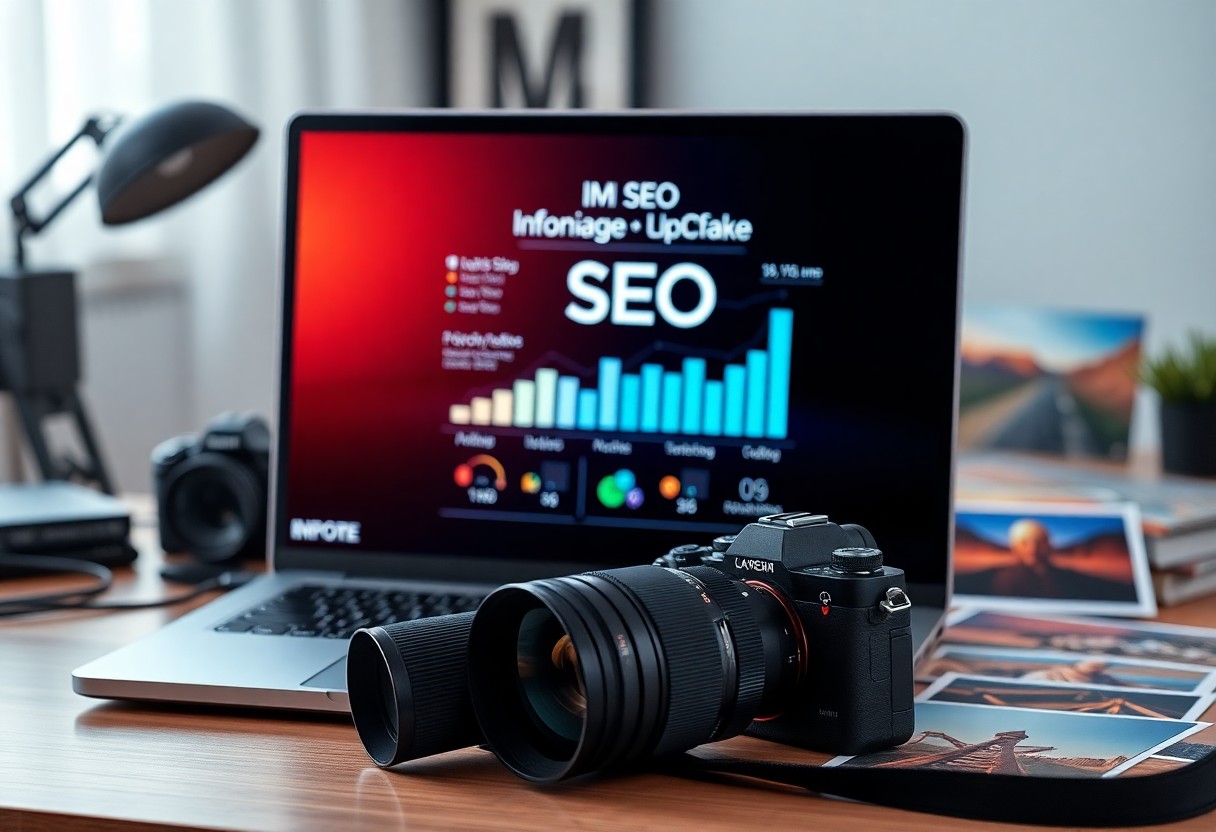
Implementing Structured Data for Images: Optimize Images SEO
For better search visibility, you need structured data to Optimize Images effectively. Search engines use structured data to understand your image content, increasing the chances of rich results. By implementing structured data, you enable search engines to display detailed image information, enhancing usability and engagement. Additionally, structured data helps your images appear in Google Discover and rich snippets, improving search ranking. At Rank Authority, we recommend using JSON-LD markup, as it is Google’s preferred format. Using structured data correctly ensures that your images get indexed efficiently, making them more accessible to potential visitors searching for related content.
Using Schema Markup for Better Visibility
Among the best ways to Optimize Images, applying schema markup enhances visibility. Search engines rely on schema data to categorize images, improving relevance in search results. By adding ImageObject schema markup, you can provide details such as image description, author, and license. Additionally, schema markup helps search engines display enriched image previews in results, increasing click-through rates. Rank Authority leverages AI-based strategies to assist businesses in implementing schema markup seamlessly. With well-structured image data, you create better user experiences while strengthening your online credibility, which can significantly improve engagement and search rankings over time.
Enhancing Image Search Results
Using structured data effectively, you Optimize Images for improved search results. Adding descriptive elements such as captions, alt text, and copyright details helps search engines understand your images clearly. Furthermore, structured data increases the likelihood of your images appearing in Google’s rich results, driving more traffic. Rank Authority emphasizes the importance of properly tagging images, as this can lead to higher engagement. By integrating structured data with relevant keywords, you make images more accessible to users while improving SEO rankings. Adding these details gives your website a competitive edge in search visibility.
Better search results often depend on well-structured image data that aligns with SEO standards. Google prioritizes images that contain meaningful metadata, helping users discover relevant content faster. Additionally, structured data ensures that images appear in Google Lens and visual search features, reaching a broader audience. Without proper implementation, search engines might misinterpret or overlook your images, reducing visibility. Rank Authority’s AI tools help businesses create optimized schema markup, ensuring that images gain maximum exposure. Higher visibility leads to increased engagement, better rankings, and more organic traffic, making structured data an crucial component of image optimization.
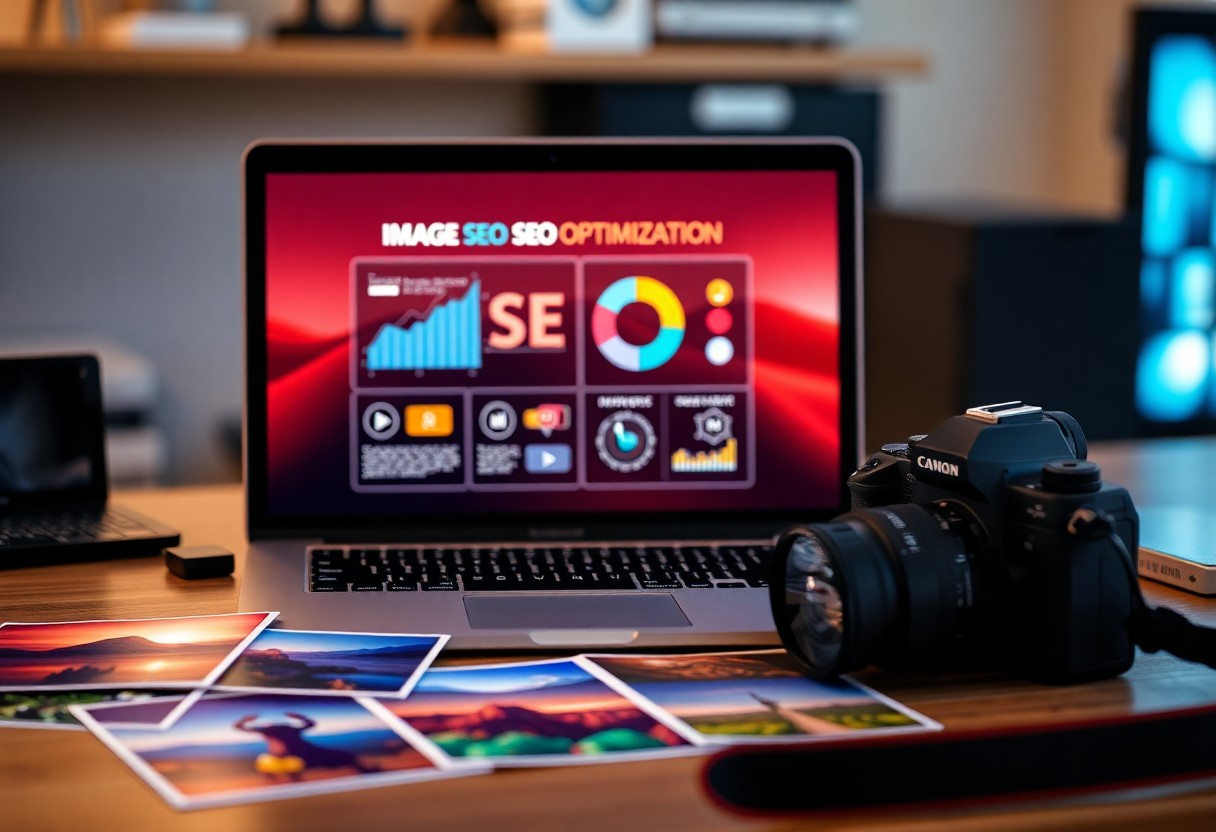
Improving Page Speed with Optimize Images SEO
Many website owners overlook the impact of images on page speed, yet slow-loading pages negatively affect user experience. When you Optimize Images efficiently, your site loads faster, reducing bounce rates and keeping visitors engaged. Compression tools, proper file formats, and resizing methods can significantly enhance performance. Moreover, efficient images help search engines crawl and index your pages more efficiently, boosting your rankings. At Rank Authority, we use AI-driven strategies to help businesses Optimize Images for speed and SEO. By implementing smart optimizations, you ensure your website runs smoothly while delivering high-quality visuals without delay.
Lazy Loading and Responsive Images
With lazy loading, images load only when needed, preventing unnecessary delays in page speed. By implementing this technique, you Optimize Images without sacrificing quality or impacting user engagement. Likewise, responsive images adapt to different screen sizes, ensuring fast loading times across devices. When users access your site from a mobile phone or desktop, properly optimized images enhance their experience. Rank Authority recommends using modern HTML attributes like ‘loading=lazy’ and CSS media queries to streamline performance. Ultimately, combining lazy loading with responsiveness makes your website faster and more SEO-friendly, driving higher rankings.
Content Delivery Networks (CDNs) for Faster Load Time
Around the world, CDNs distribute your images across multiple servers, reducing latency and increasing speed. When you Optimize Images through a CDN, visitors receive content from the geographically closest server. This method enhances performance, minimizes bandwidth usage, and ensures reliable accessibility. Additionally, CDNs help reduce server load, preventing potential downtime during traffic spikes. Rank Authority integrates advanced AI-driven CDNs to accelerate site speed and Optimize Images effortlessly. If you want fast-loading pages that rank higher, leveraging CDNs is a game-changer.
In addition to speed improvements, CDNs offer better security and scalability. With multiple servers handling image delivery, your site remains stable even under increased traffic. Furthermore, CDNs provide built-in caching, which prevents unnecessary image reloading. This optimization reduces strain on your server, allowing for a seamless user experience. At Rank Authority, we help businesses implement AI-powered CDNs to Optimize Images efficiently. As a result, your website performs better in search rankings while delivering a faster, more reliable experience for users worldwide.
To wrap up – Optimize Images SEO
From above, you can see how important it is to Optimize Images for better SEO performance. By following best practices—such as compressing files, using descriptive alt text, and selecting appropriate formats—you enhance your website’s speed and visibility. In addition, properly optimized images improve user experience and increase engagement. As search engines prioritize fast-loading, visually appealing content, optimizing your images gives you a competitive edge. At Rank Authority, we use AI-powered strategies to help you achieve higher rankings efficiently. By taking these steps, you ensure your content stands out while improving your website’s overall performance.

Rank Authority, Inc.Orange County, CA, USA[email protected](800) 300-8699
Sign Up for Free!
One-Click Fully Automated SEO.
Boost Rankings, and Increase Traffic.
Instantly Optimize Your Site.
- No Coding
- No Credit Card Required
- One Click Setup
